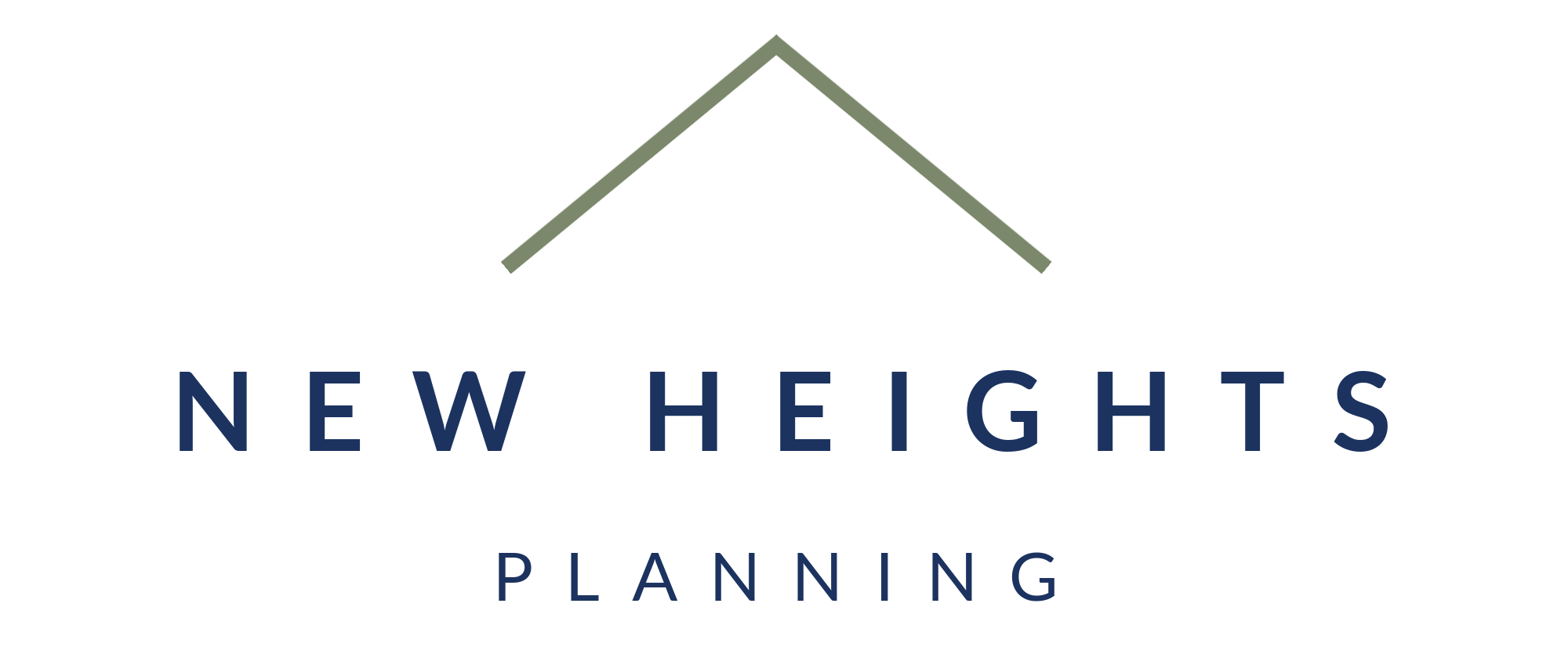Leaving Shell – Pension BRP
Leaving Shell – Pension BRP
Full Transcript:
What is the Shell pension BRP, and when do I get that money?
Highly compensated employees at Shell, generally, job grade two or above, will start hitting IRS compensation limits regarding their Shell pension. Now, similar to the Shell Provident Fund, 401(k), Shell will then credit a non-qualified account to help offset these restrictions. With your pension, this is going to be your pension BRP, or benefit restoration plan, and you will see those accounts in NetBenefits once you hit those compensation limits.
Now, let’s talk about the different types of BRP pension accounts. Of course, with your pension, there’s the APF pension and the 80-Point pension. The type of BRP account that you have will be dependent on which pension you’ve selected. If you’ve switched pensions throughout your career, you may have both. In addition to that, there are two classifications of funds within these pension BRP accounts. There’s the new money funds and there’s the old money funds. Now, old money funds were accrued invested before 2005. So new money funds are much more common.
Let’s talk about the new money funds. With these new money funds, they are paid out in a lump sum 90 days after you leave Shell. So, as we’ve talked about with other things, when you leave Shell matters. Now, for some people this is outside of their control, but if you have control of when you leave, I strongly encourage you to consider optimizing your retirement. We’ve already talked about immediate pension eligibility and the steps to receive that.
Let’s talk about three other important factors for timing when you leave Shell. First and foremost, your pension calculations all use your average final compensation or AFC. Your average final compensation is your highest 36 months of pay. So if you have great bonus years coming up, it may make sense to wait a few months to get that bonus before leaving. Now, of course, when you leave Shell, you’re going to get a lot of lump sum payments and you want to try to minimize your effective tax rates. Now there’s a lot of tactics that go into these strategies, so I’m going to do a separate video focusing on those.
Lastly, let’s talk about your lump sum calculation for your 80-Point BRP payment. Now, with the 80-Point BRP lump sum, Shell is calculating a lump sum payment based on an annuity calculation. So, in order to get the present value of that annuity, Shell uses the IRS segment rates or specific interest rates to determine the present value. Now, if interest rates change year over year, then the value of your lump sum payment will go up or down. This is an inverse relationship. So, if interest rates go up, your payment will then go down and vice versa. So, if interest rates continue to fall, it may make sense to delay your retirement into 2025 to get the 2024 rates as opposed to the 2023 rates.
Now, I encourage you to review your unique situation with your financial advisor to make sure you are properly optimizing your benefits. Please reach out to me if you want to speak with a financial advisor specializing in your situation. Also, please continue like these videos and social media and share them with your colleagues.



